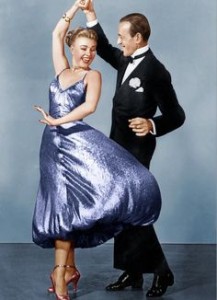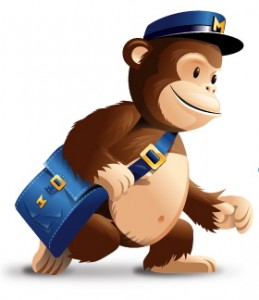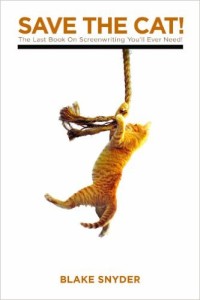 Recently I’ve had several different opportunities to get out and meet readers to talk about writing and publishing. Doing this was a good reminder of something I learned quite a while back: that the best way to sell books is by not selling.
Recently I’ve had several different opportunities to get out and meet readers to talk about writing and publishing. Doing this was a good reminder of something I learned quite a while back: that the best way to sell books is by not selling.
What the heck does that mean? Let me explain.
Years ago, I was at a huge book festival. My table abutted the table of a man who’d written a non-fiction book about creating and maintaining quality relationships. A worthy topic, to be sure. However, this poor man was almost rabid in his sales efforts. If anyone got within five feet of his table or, god forbid, made eye contact, he was out from behind his table, book in hand, shoving it in their faces, talking a blue streak about the book and the ways it could benefit them. You could see the expressions in the readers’ faces change from mild curiosity to abject fear. As soon as the man broke his spiel to take a breath, they were pulling away, stammering excuses, almost running from the area. Then the man would sulk back behind his table, impatiently waiting for his next victim. Continue reading “Writers Engaging Readers: Shall We Dance?”

 What is MailChimp, and what is it good for? Of course, everyone does things differently, so I thought I’d offer a brief rundown on how I use Mailchimp to manage my mail-outs in a very basic way, and how it might be useful to you. This is not a review or an IU official endorsement. It is a slice of life that perhaps you can learn from. If you want to know more about creating a newsletter, see Jim Devitt’s post,
What is MailChimp, and what is it good for? Of course, everyone does things differently, so I thought I’d offer a brief rundown on how I use Mailchimp to manage my mail-outs in a very basic way, and how it might be useful to you. This is not a review or an IU official endorsement. It is a slice of life that perhaps you can learn from. If you want to know more about creating a newsletter, see Jim Devitt’s post, 
 Yes, some authors are still making video trailers – it’s just one more way to get word out about your books (*ahem* you know it’s all about
Yes, some authors are still making video trailers – it’s just one more way to get word out about your books (*ahem* you know it’s all about